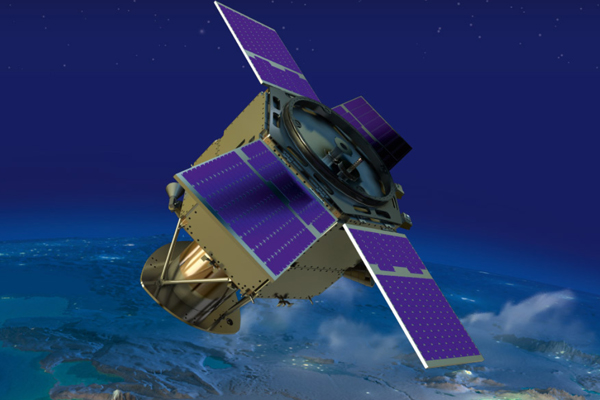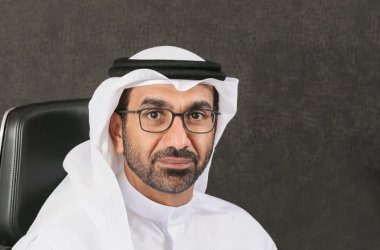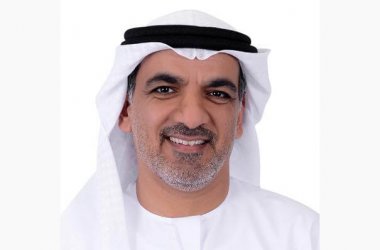The first-ever Emirati-designed and made satellite, KhalifaSat, will be launched into space on 29th October 2018, marking a breakthrough for the UAE’s space industry, WAM reported.
The total mass of the spacecraft is estimated to be some 330 kilogrammes, while it is two metres tall and less than 1.5 metres wide. The earth observation satellite was designed, tested and manufactured by a team of Emirati engineers and scientists at the Space Technology Laboratories of Mohammed bin Rashid Space Centre (MBRSC).
The first satellite fully manufactured in the UAE by a 70-member team of highly qualified young Emirati engineers, aged between 27 and 28 years.
With the launch of KhalifaSat, the UAE endeavours to strengthen its position and competitiveness among the leading countries in space technology manufacturing
KhalifaSat will rocket into the skies at 8:00 AM (UAE local time) from the Tanegashima Space Centre in Japan, aboard an H-IIA rocket, which is seen as an important milestone for the country’s space programme. This will be the third UAE satellite to be launched into space, after DubaiSat-1 and DubaiSat-2. Work on KhalifaSat, the first satellite to ever be developed at MBRSC, began in 2013 after Sheikh Mohammed bin Rashid Al Maktoum, Vice President, Prime Minister and Ruler of Dubai, made an announcement on the space bid.
The launch of KhalifaSat will raise to nine the number of multi-purpose satellites so far placed into orbit by the UAE, with plans to launch 12 satellites by 2020, a significant milestone in the UAE’s quest to make the space industry one of the most dynamic and vital economic and investment sectors, with current estimated investment of AED22 billion.
KhalifaSat has been equipped with technologically advanced remote-sensing observation satellites, with five patents registered. Once in orbit, KhalifaSat will provide high-quality detailed imagery for a variety of uses.
It will send these images back to the ground station at MBRSC to serve the needs of government organisations and private-sector enterprises locally and globally, enabling the UAE to provide competitive services all over the world in the satellite imagery sector.
According to MBRSC, the images provided by the satellite will be used in urban planning and management, ensuring the effective optimisation of land use and realistic infrastructure proposals. The images will also be used to develop detailed maps of targeted areas and monitor major engineering and construction projects. In the field of environmental protection, KhalifaSat will monitor environmental changes locally and internationally to support global efforts to preserve the environment. The satellite is expected to provide detailed imagery of the ice caps at the North and South Poles, helping to detect the effects of global warming.
According to the WAM report, KhalifaSat is the result of MBRSC’s efforts to establish a specialised infrastructure and to support qualifying national talents capable of operating and leading advanced technological projects. Dozens of Emirati engineers have worked on this satellite, giving them practical experience and knowledge to serve the advanced technology industry in the UAE. The satellite payload contains scientific instruments and systems that are far more advanced than the previous two satellites, DubaiSat-1 and DubaiSat-2. KhalifaSat will drive the UAE towards new projects in the field of space science and advanced technical science.
To provide high-resolution imagery of 0.7m in a Low Earth Orbit trajectory, KhalifaSat has been designed and manufactured with some of the most advanced instruments and components ever to be included in a satellite of its class. The development of the satellite is based upon the platform, heritage and foundations laid by DubaiSat-2, with upgrades to each component. The satellite bus is hexagonal and features four deployable solar panels.





